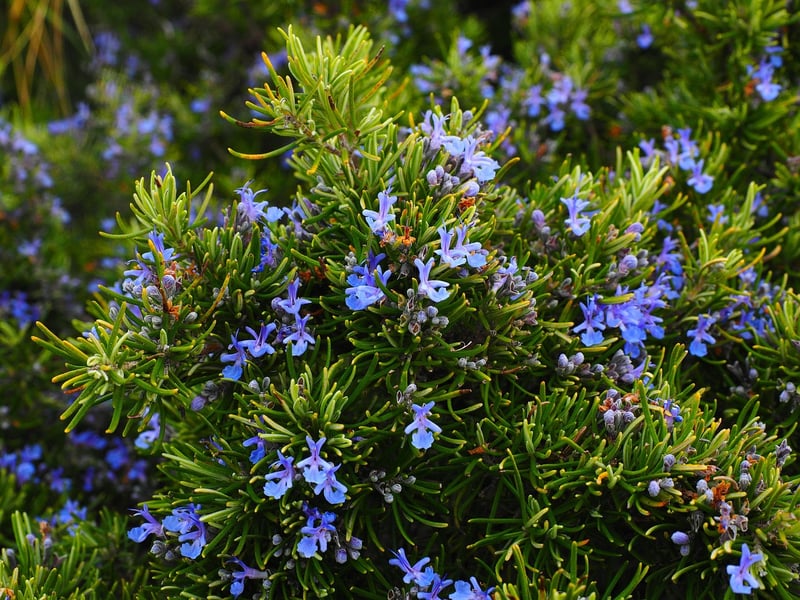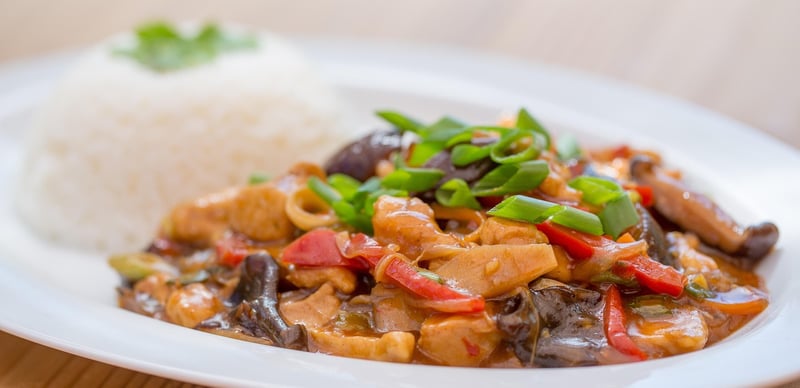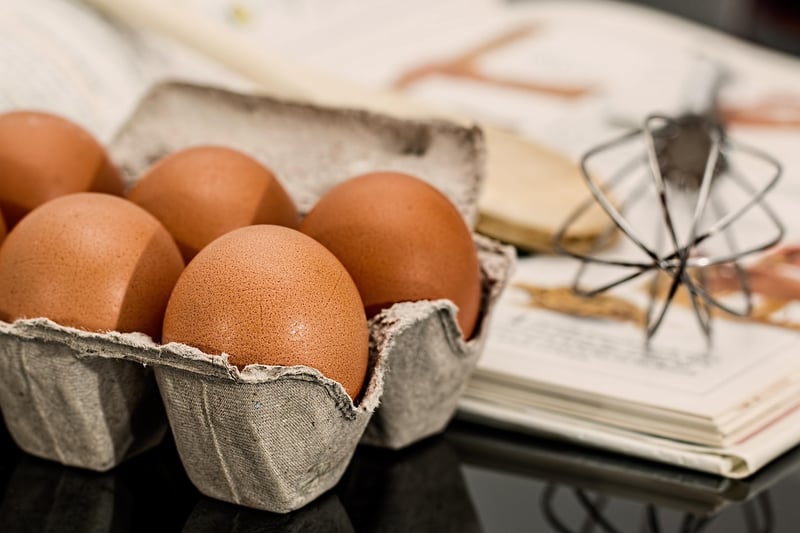Culinary Uses
Exploring the Enchanting World of Magical Herbs and Their Culinary Uses
Herbs have been revered for centuries not only for their culinary uses but also for their mystical and magical properties. From enhancing the flavors of dishes to bringing luck and protection, these magical herbs have found their way into our kitchens and hearts. Let's delve into the enchanting world of magical herbs and discover their culinary uses.
Rosemary

Rosemary is not only a versatile herb in the kitchen but also known for its protective qualities. It adds a delightful flavor to roasted meats, vegetables, and soups. In folklore, rosemary is believed to ward off negative energy and bring clarity of mind.
Lavender

Lavender is renowned for its calming properties and is often used in teas and desserts. In culinary creations, lavender adds a floral and slightly sweet flavor. It is associated with love, relaxation, and purification.
Basil

Basil is a staple in Italian cuisine and is said to bring good luck and prosperity. Its fresh and aromatic taste complements salads, pasta dishes, and sauces. Basil is also known for its ability to attract positive energy.
Mint

Mint is refreshing and widely used in both sweet and savory dishes. It is believed to attract abundance and prosperity. From cocktails to desserts, mint adds a cool and invigorating flavor to various recipes.
Thyme

Thyme is a versatile herb that pairs well with a range of dishes, including meats, stews, and vegetables. It is associated with courage, strength, and purification. Thyme is known for its earthy flavor and aromatic qualities.
Embrace the magic of these enchanting herbs in your culinary creations and experience the delightful flavors and mystical properties they bring to your dishes.
Explore, experiment, and infuse your cooking with a touch of magic from these wonderful herbs!
